InterviewsThe Plastic Project
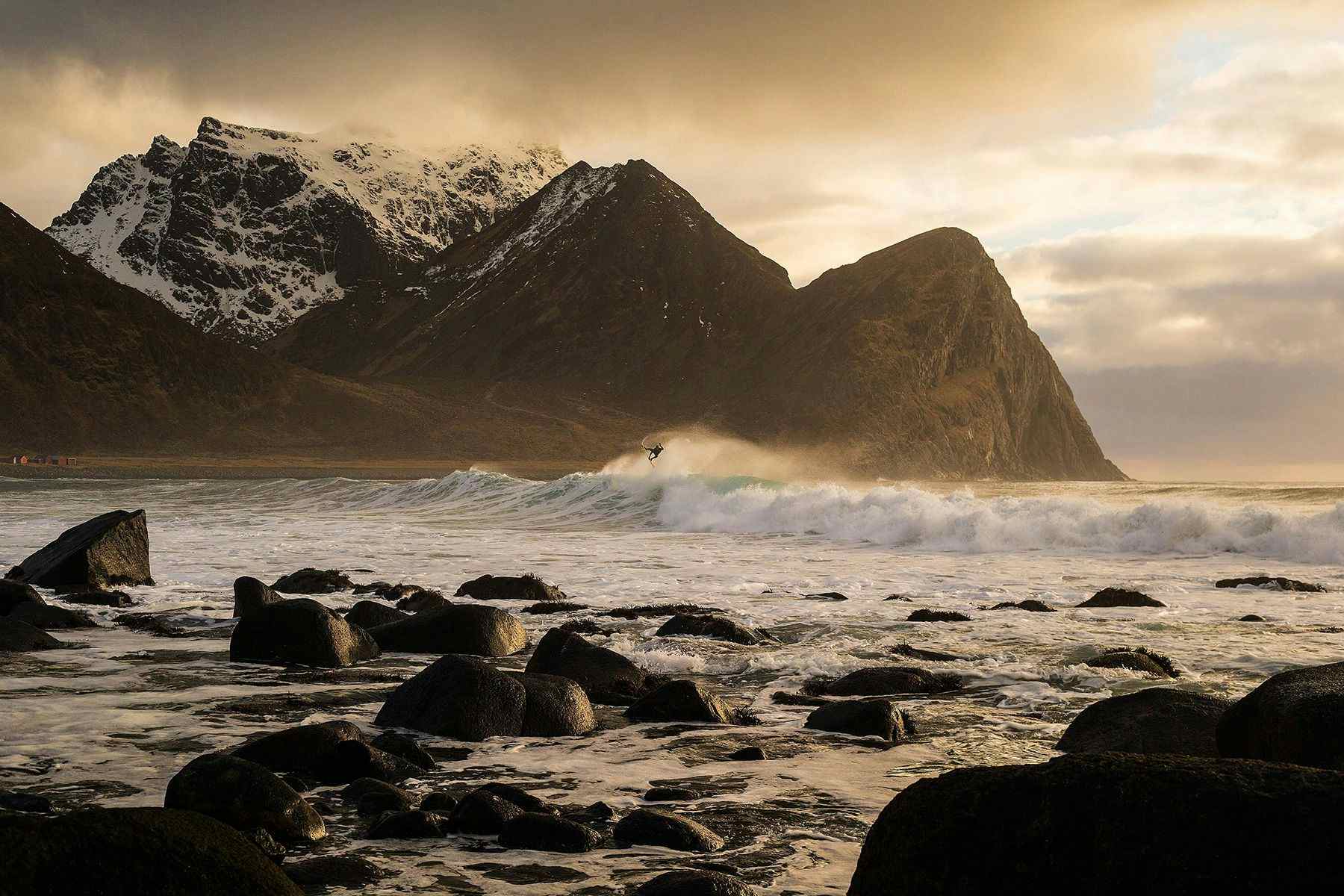
The issue of plastic pollution, its impact on our oceans, and our responses to the problem could well be a strong contender for the environmental zeitgeist of the latter part of this decade when we look back in years to come. The human race has been feeding this proverbial elephant in the room in earnest since the post-war years, and has only recently begun to realise that it has raised a monster through our past and present reliance on single-use applications. The BBC’s recent nature documentary series Blue Planet II presented by iconic naturalist Sir David Attenborough delivered the realities of the problem direct to tens of millions of TV sets at the end of 2017, and barely a week goes by now without a story of shocking concentrations of microplastic pollution (be it in rivers, oceans or arctic sea ice), or a city, state or country implementing a ban on some sort of single use plastic making headlines. It is big news, and an issue that we as surfers and ocean users are, whether you like it or not, deeply implemented and entwined within.
Tim Nunn is a surf photographer (best known for his wilderness and cold water surf work) and former magazine editor based in Europe. He’s also the force behind The Plastic Project, an international educational programme and multimedia project. Surf Simply recently caught up with Tim to learn more about the background leading up to The Plastic Project, how it has developed and what he’d like people and surfers to take away from it.

As a career surf photographer who has earned your living from the oceans and surfing, when did your focus shift towards and then eventually completely pivot onto the ocean plastics issue? What was the tipping point?
Before I got into photography I wanted to be an environmental scientist, so wherever I have travelled after university I have always had a keen eye for shooting environmental issues as I went. I shot a lot of climate change issues and used to include them in features for magazines as we went, so plastic naturally came into it. I’d shot it in places like the Maldives and India, but I was on a really remote beach in Iceland nine years ago and was just wandering, and I found a coke bottle and McDonalds styrofoam Big Mac container – you know, an old-school one. That really hit home. I was miles from civilisation, there was no major population centre for thousands of miles. Because of this I felt that surf photographers had a way of telling this story that was more interesting and engaging than regular science/research. We all go to places that most people never get a chance to go to – coastlines that are rarely visited – and what is more we all shoot our environment as well as the surf so are accidentally documenting pollution along the way. Based on that moment in Iceland, I figured we had this incredible opportunity to document what was going on right now, and what has been for years, and thus The Plastic Project was born.
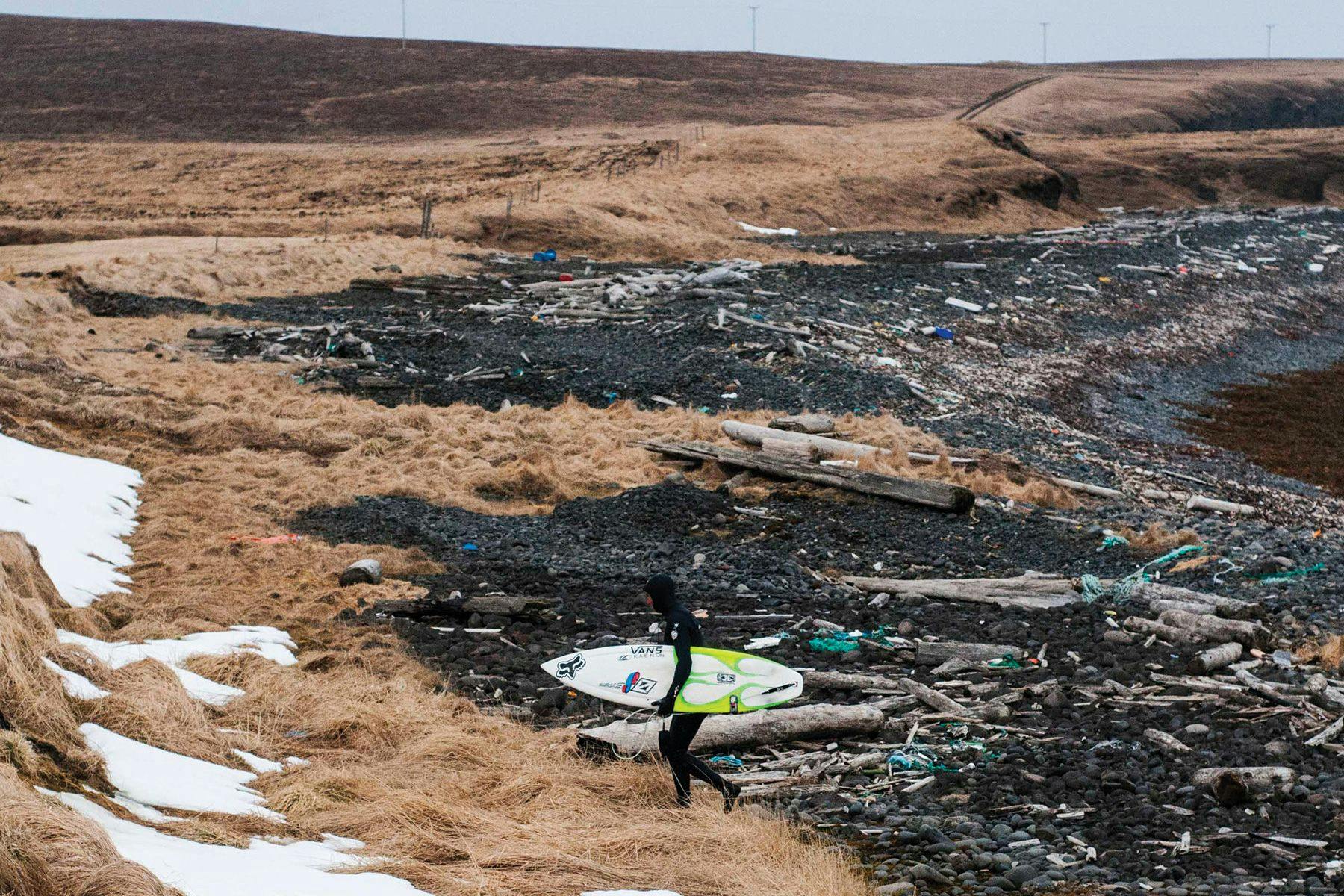
Iceland, 2006
You’re known as a cold water and wilderness photographer, shooting remote surf adventures in Iceland, Norway, and Canada amongst other locations. How have you seen these places impacted by plastic pollution – why is it so particularly shocking and why are these remote places affected?
I think frighteningly even ten to twenty years ago all of these places had issues. Even looking back at shots of wilderness Canada eleven years ago there’s plastic in the shots. But what’s really scary is the increase. It’s gone from being bad, to being catastrophic. The issue though is that our rubbish is being transported to these places, places that are the last frontier of semi wilderness, and we’re ruining them from a long way away. It’s the fact that we have polluted the planet on such a giant scale that these places are so affected. One of the things we have done with the film is build a photographic timeline of some of these remote places and shot them over ten to twenty years so people can see the increases of plastic. It’s quite astounding, and it’s the ultimate barometer on how bad things really are.
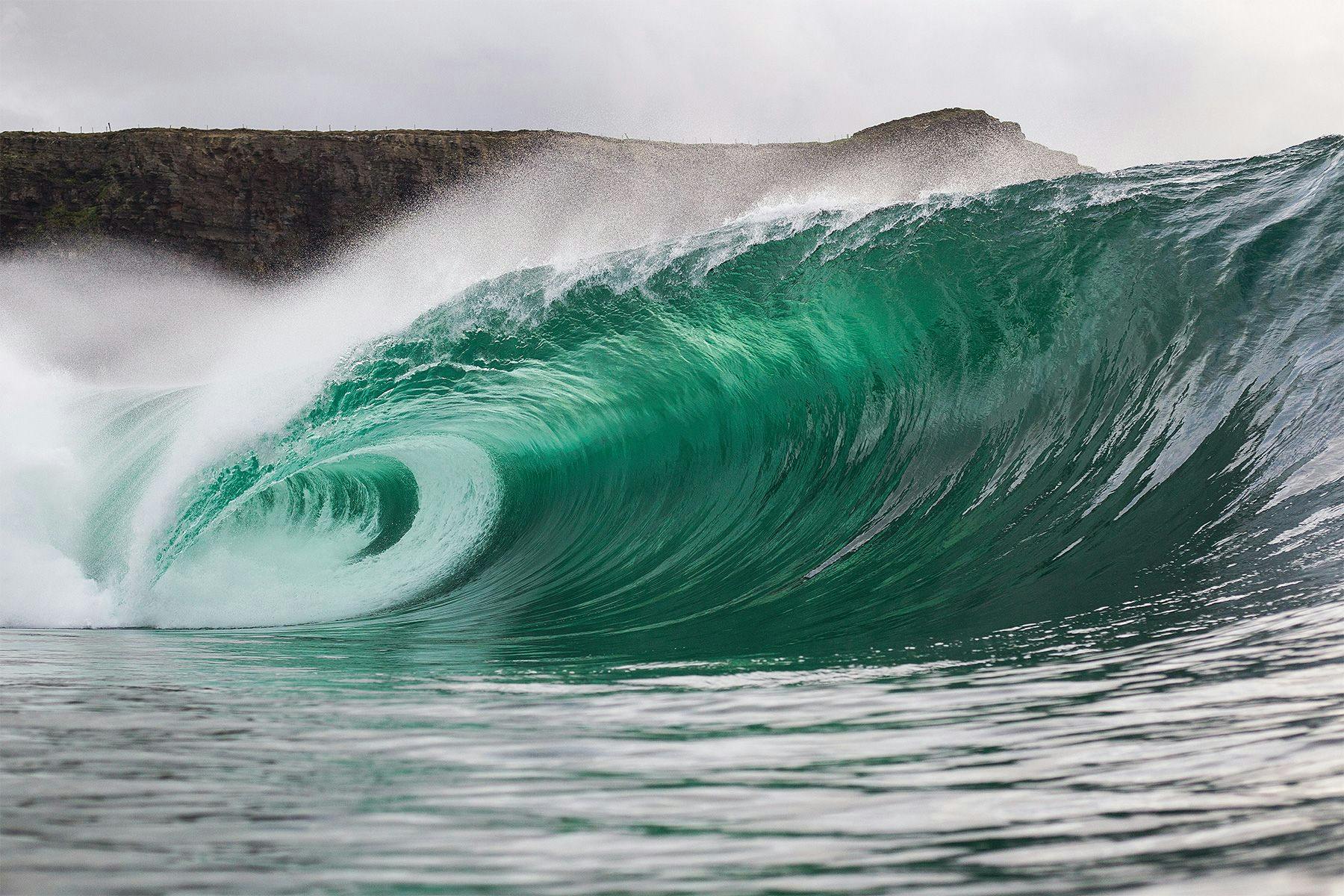
Can you share with us one particularly vivid memory of the plastic pollution problem?
I cried on the beach a month ago. My wife went for a run after a storm, and came back shocked, and I went to the top of the dunes and the situation, here in France, was so bad I couldn’t take my son onto the beach that day. In fact, it would be several days before it was cleared up. That, after ten years or so of seeing bad situations, was a pretty shocking moment. What is more, this is more than just marine pollution, which is still the most important problem, but this is affecting our industry. Who wants to come to beaches and surf amongst rubbish? It has the ability to damage our industry as well. I know it sounds selfish when our marine eco systems are breaking down, but we have to all look at this as a big picture; it’s all linked, marine life survival is at the top, but our economic future is also key. Who wants to go surfing on a beach covered in rubbish? Who wants to go on holiday somewhere covered in plastic? We have to realise that it’s all coming back to affect our lives in every way, when you dispose of something incorrectly, it doesn’t simply go away.

France, 2018
You recently moved to Hossegor, SW France, but you’ve been a regular visitor for work for two decades. What changes have you seen on this coastline?
The plastic has got worse, but people will be surprised at how much there was already 20-odd years ago. One of the big things we have done with the project is to use surf photography to build up a timeline of plastic pollution. Whilst the present day is horrendous, across the globe, 20 years ago was already unacceptable, and France is a really good example of this. I say to everyone, we should have been doing what we are doing now 20 years ago, then we could have turned it around by now. It’s fascinating, I can remember Roger Sharp (Editor’s note: another leading European surf photographer and magazine editor) coming back into the office of a magazine we both worked on in 1998 with epic images of France, and we all commentated on the rubbish on the beach. This is not a new problem, it’s why we have to speed things up. I think France is a great example of the issue, and what is really interesting is that they have been clearing their main beaches of plastic using tractors for three decades; if that isn’t a sign that this problem isn’t new then I don’t know what is. We have literally just swept it under the carpet.
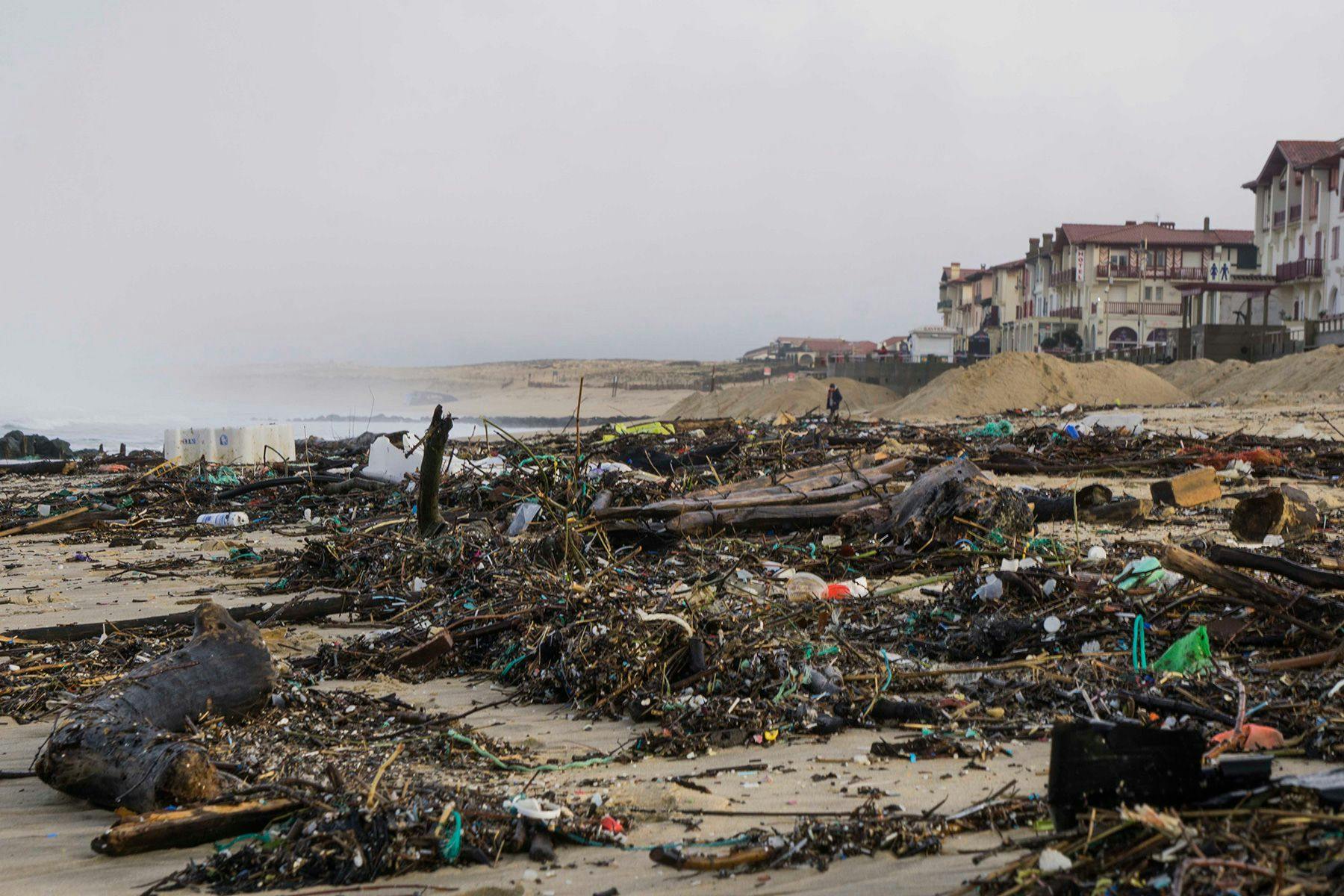
France, 2018
What is The Plastic Project?
Simply put, it’s an educational project that uses surfing and adventure to talk about the environmental problems that face the world. It is primarily focused around plastic pollution in the ocean but it is not restricted to it. I obviously lead the charge on it, but we draw on the resources of hundreds of other photographers, writers and film makers who share their experiences as they travel to the more remote places on the planet, or notice things changing in front of our very eyes. Our tag line is what it is all about: Adventure with Purpose. I still want to inspire people to do what they want to do and explore the world, but it’s becoming more and more crucial to play an active role in educating people who aren’t out there, whether by word of mouth, or formal education. There are almost 8 billion people on this planet, and they all need to realise what is going on. We can’t look at this on a country-by-country basis, although it is a start, it has to be viewed as a big picture. So the project has two formal educational projects: one for primary aged kids and another for high school and college students, and then one for the general population through film and images.
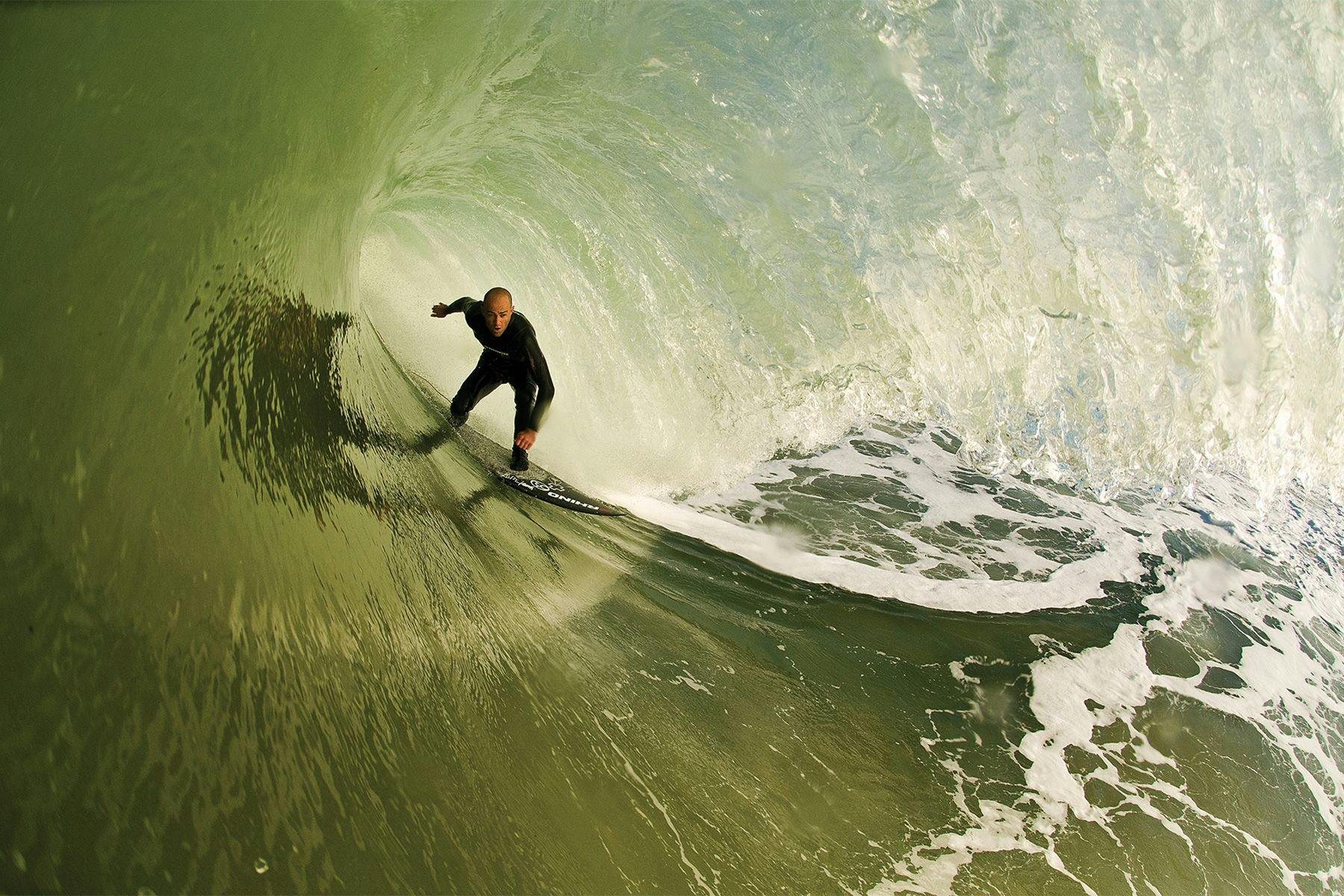
Who needs to hear this message?
Every human on the planet. It’s easy to think we’re winning, but we’re not. I can sit in a social media bubble and see 2 minute beach cleans and Surfers Against Sewage and other groups’ campaigns, and it’s awesome, but even when you look at it on a larger scale only a few million people world wide saw Blue Planet 2. In the great scheme of things, it’s not enough. The whole planet needs to change a way of life and a way of thinking when it comes to plastic. It isn’t all bad, but we have to as a global population make a conscious decision to stop using and, when we can’t recycle plastic, find alternates.
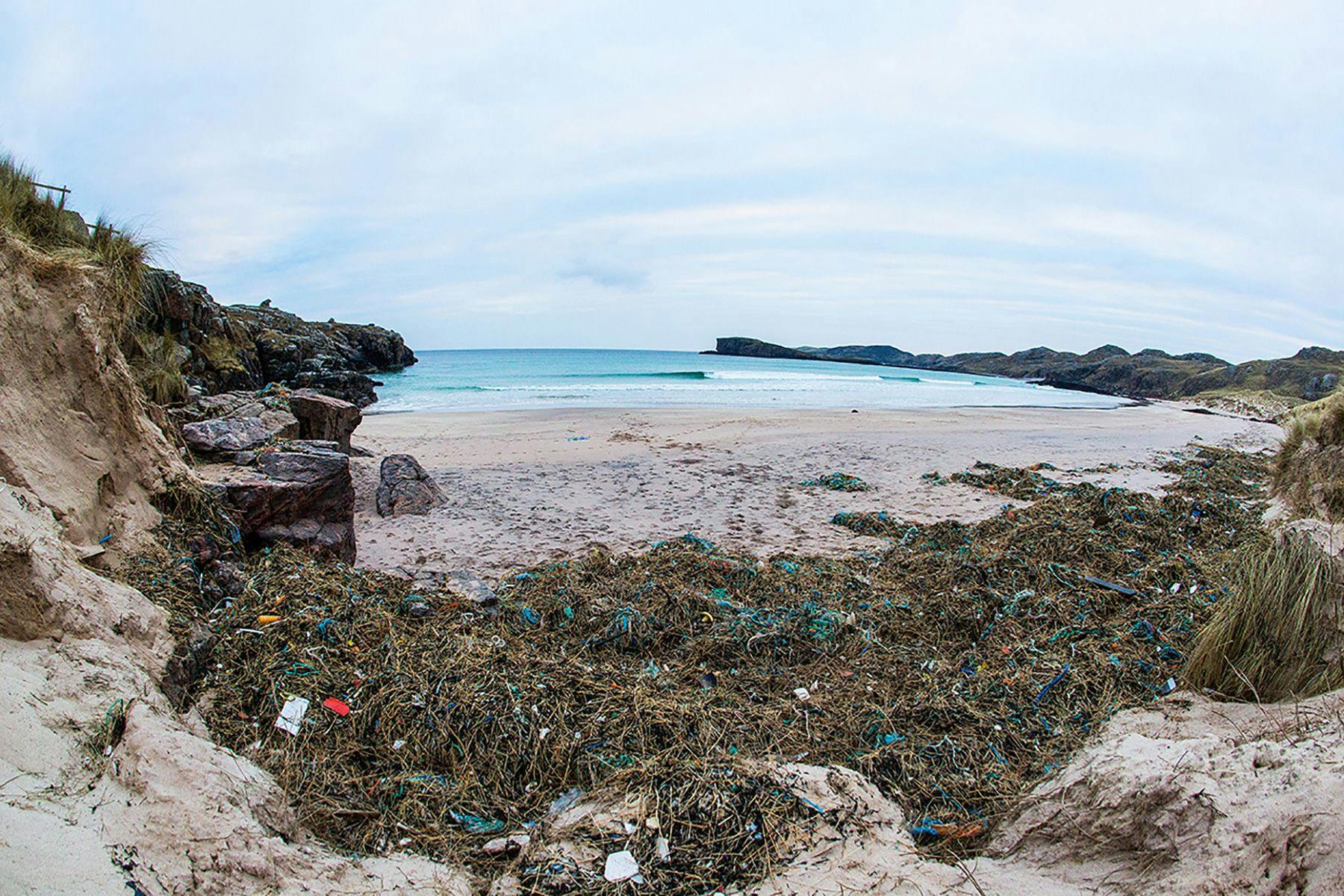
Is it all doom and gloom? Or are there any causes for hope? As a father, are you optimistic that your son’s generation won’t inherit a trashed planet?
Five years ago there was only a handful of people who really got it, Martin Dorey was just coming up with #2minutebeachclean, Surfers Against Sewage were just mobilising on this issue, and there were non-surf photographers like Andy Hughes making great work, but whilst there were the sparkles of interest globally like the Midway photos of Albatrosses, it was nothing. Now people are doing things. It’s still tiny, but it is on the radar of a lot more people. The challenge is keeping it there, and increasing awareness, if we can then there is hope. If it fades away or we become complacent then the world really isn’t going to be a nice place to live. The big positive is that we invented plastic to help improve life, and it has, and if we were smart enough to do that then we’re smart enough to replace it with something else.
What changes do you hope to effect with The Plastic Project, and what do we (society in general) need to do?
Two things: to I want people to get outside more, go and experience the natural world, whether it be our coasts or green fields, then you will start to see with your own eyes the issues. It’s only then I think that the true impetus for change will grab hold of people. Then do your bit, like 2 Minute Beach Cleans, but probably more importantly make some lifestyle changes and start taking surplus or redundant or replaceable plastic out of your life. Our power as a consumer is greater than any legislation, but first we all have to understand the problem, have it kept in the public eye and find interesting ways of educating people and inspiring them to make a change.
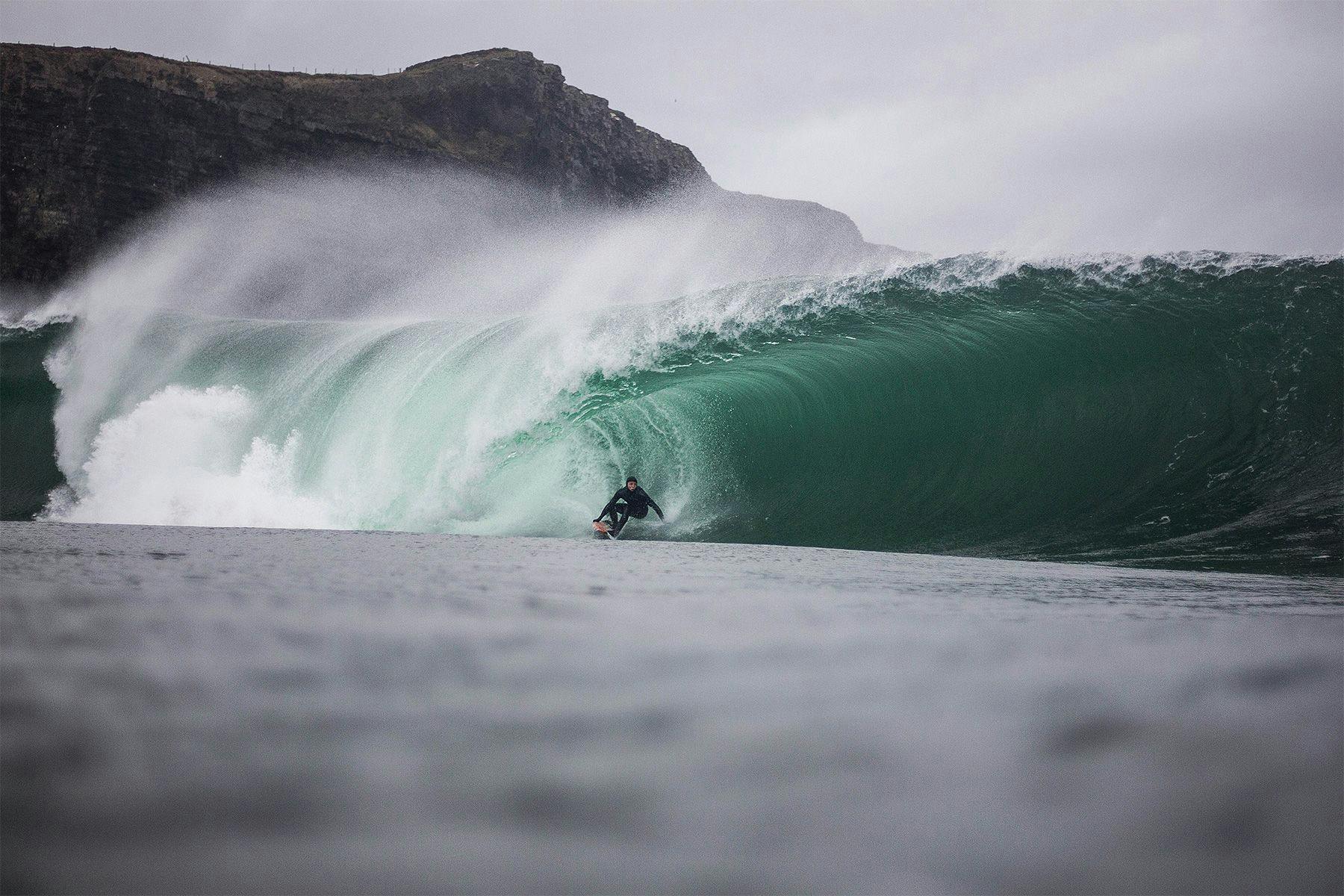
If you could ask every person who reads this to make one small change to their lives that would have a large impact, what would that change be?
I think first and foremost is to get rid of all single use plastics from your life. It is possible, and consumers have the ultimate power in these cases, if you stop buying them companies will have to adapt, it’s that simple, and those adaptations may be to replace plastic, and in some cases hopefully design it out of existence, because one thing we have to recognise is that plastic isn’t just a waste issue, it’s a health issue and a part of the climate change process. SO that would be the first step, take all single use and redundant plastic out of your life, recycle it, and then replace with it something better.
Stay up to date with The Plastic Project and find out more about the upcoming film screening tour and talks by heading over to the website, or following The Plastic Project on Instagram.